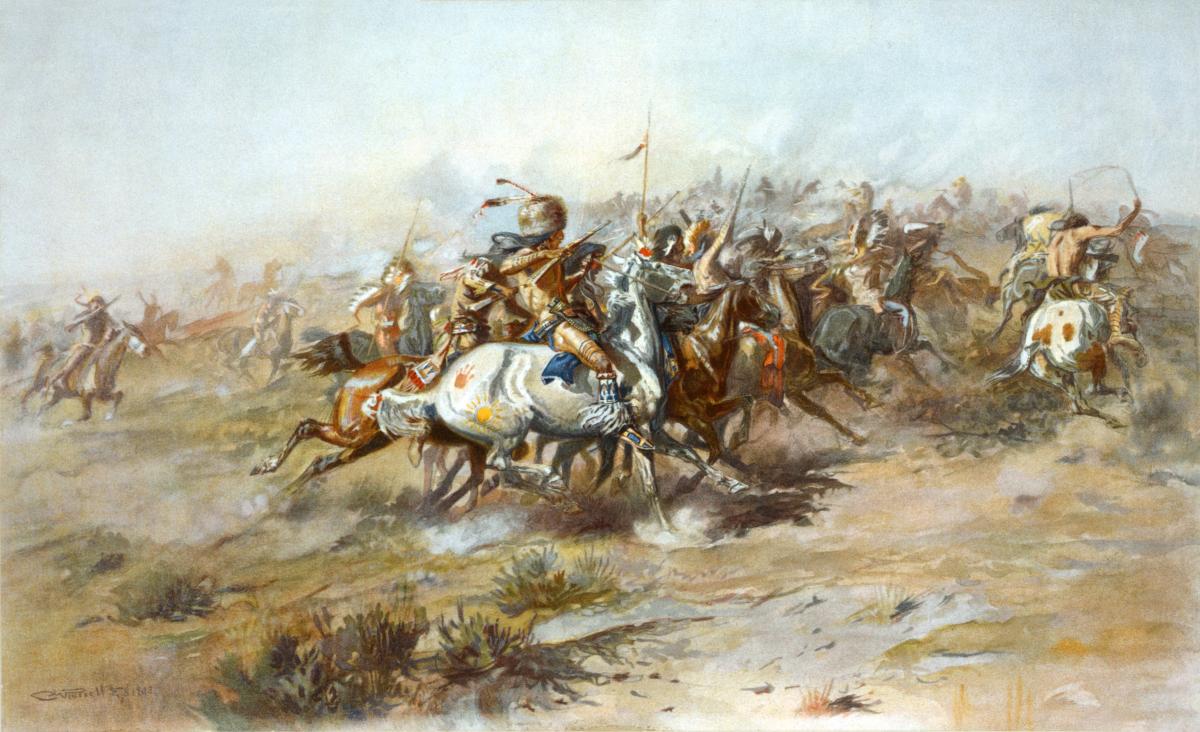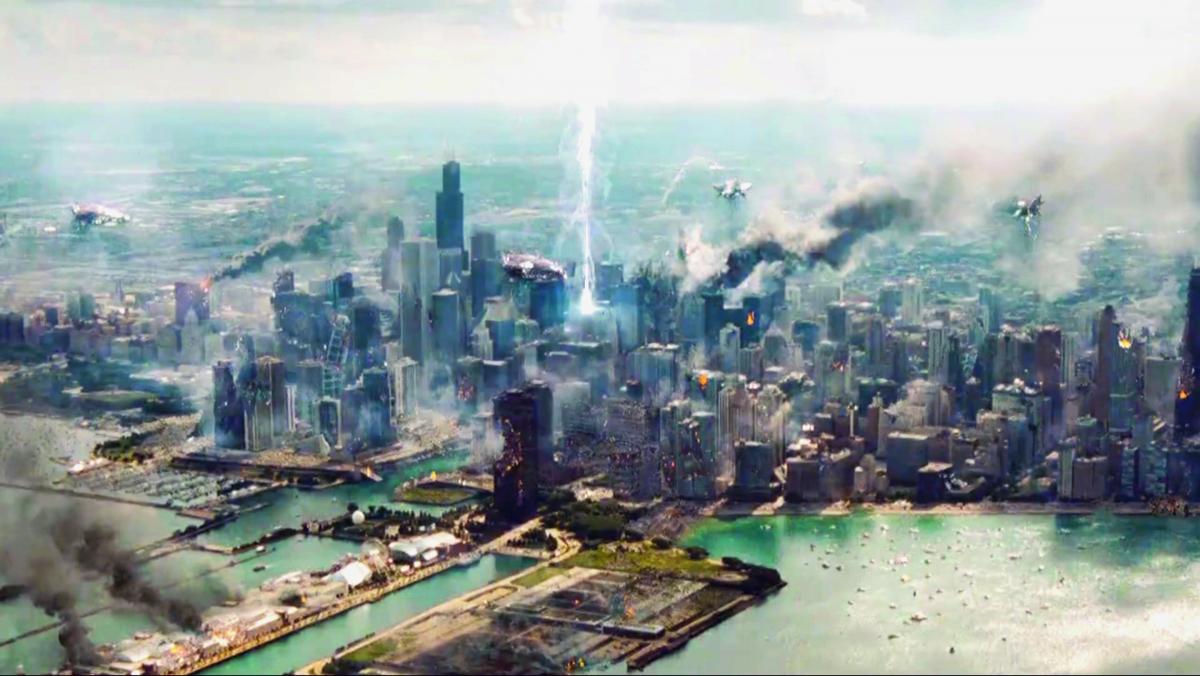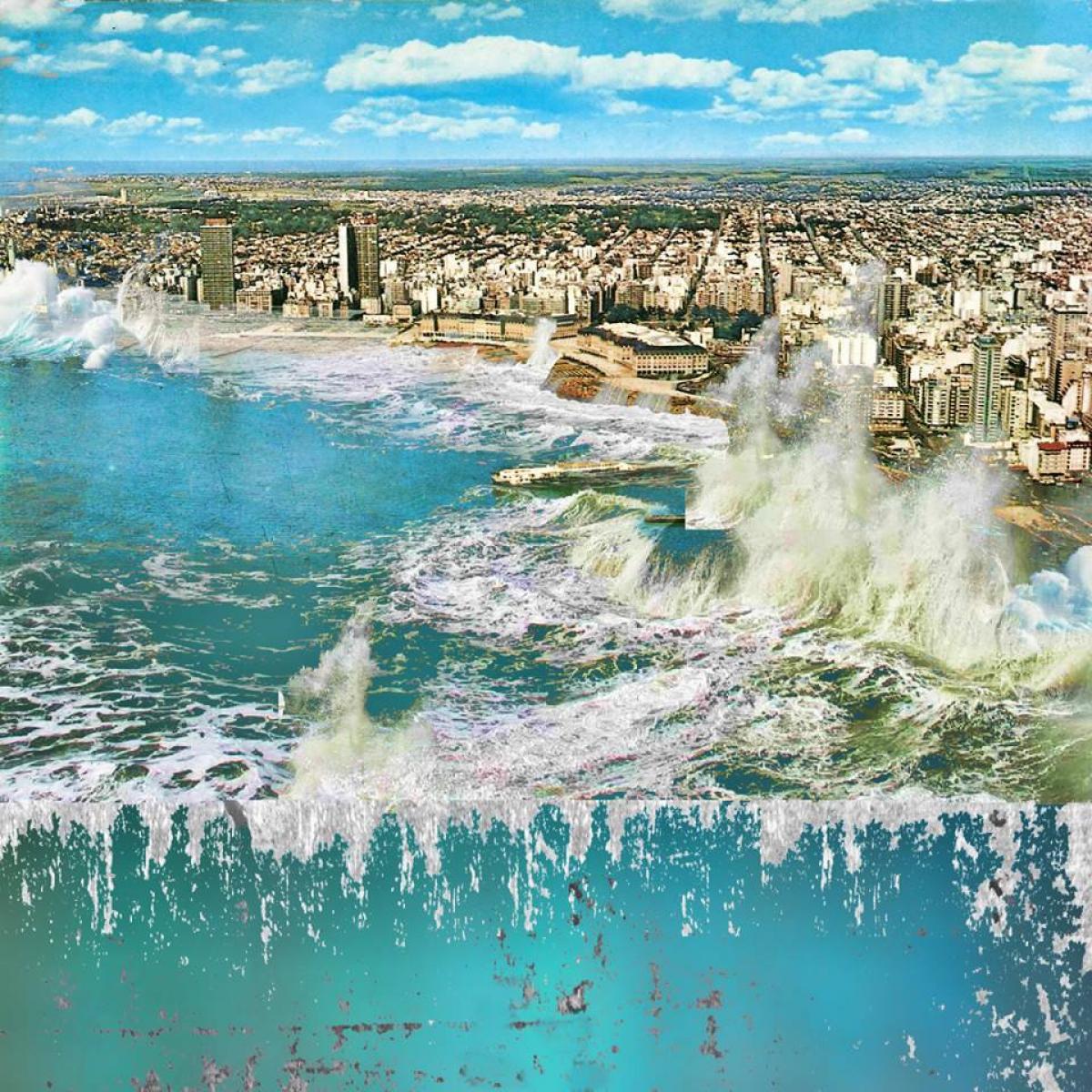
Fantasies of War
Media converts real wars into long distance entertainment. But the condition of war and the fantasy of it belong to the same articulation of a collective desire. This is what the US clubmusic duo Nguzunguzu uses as sonic traces in their energetic tracks. From the Norient book Seismographic Sounds (see and order here).
«If it bleeds, it leads», asserts the critic Susan Sontag in a discussion concerning the visual pleasure derived nowadays from the realities of violence and war. Media – whether TV, films or media-based arts – feeds on violence’s tremendous ability to provide «long distance» entertainment. In fact, it is this phenomenon of mass violence on the screen that lies at the heart of contemporary media culture. Sontag hastens to add that «wars are now also living room sights and sounds», where armed conflict is a real-time spectacle to be consumed and discarded, rather than experienced first-hand.
But what exactly are we listening to when we speak of war sounds? In fact, the reality of war can be rather boring and monotonous. I would argue that there’s no such thing as sounds of war, not because war is not an aesthetic category, but because there doesn’t seem to be anything extraordinary about it other than the time quality that disestablishes reality. Time is infinitely enlarged during conflict; it becomes a long tedious routine to use your time up.
The Seduction of the Battlefield
In Nguzunguzu’s video-work sound is invasive – it assumes sound to be the architectural force in conflict; it floods space entirely, it is completely unavoidable. In this video, sound is carefully controlled to belong to the sensorial disorientation that is caused by war. War is vehement denial of the order of the real. In its fluid energy, Nguzunguzu's musique concrète captures the seduction of the battlefield only. What we are listening to in the video is more similar to background noise than to the acoustic strangeness of war.
The condition of war and the fantasy of war are not the same, but they intersect at the level that neither is merely circumstantial; they belong to the articulation of a collective desire, and listening to war is standing at the threshold of an expanded field. In «Mecha» there is a world at war, which is a lot more than just war; it is the dominion of technology over history. Nguzunguzu’s epic does not offer images or sounds of war, but that orientation towards death which animates our culture today. This audiovisual continuum does not belong in the boundaries of the real, its truth marker lies beyond perception.
Are we perhaps witnessing here a sonic mutation between science fiction and war? A common denominator between them is precisely the fantasy of death that drives them, anchored in the imaginary of the absolute future: state of emergency, total war, means without ends. War and science fiction also share a common strategy: They do not attempt to walk us into the future at all, but only to delay it in order to re-arrange a collapsing present.
This text was published first in the second Norient book «Seismographic Sounds».
Biography
Shop

Published on February 20, 2017
Last updated on May 06, 2024
Topics
Does a crematorium really have worst sounds in the world? Is there a sound free of any symbolic meaning?
From linguistic violence in grime, physical violence against artists at the Turkish Gezi protests, and violence propagation in South African gangster rap.
How does Syrian death metal sound in the midst of the civil war? Where is the border between political aesthetization and inappropriate exploitation of death?


